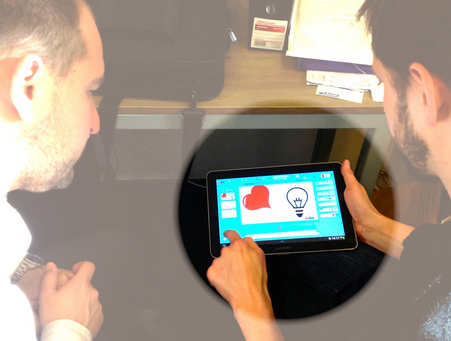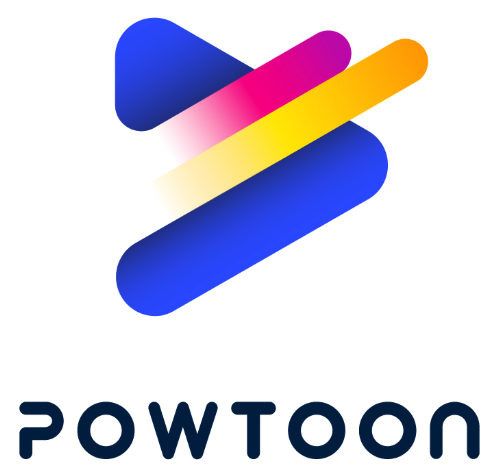Script Writing Mastery, Day 1
The Writing Process
Objective:
In this course we will take you through all the various stages of the script writing process, thus allowing you to follow a clearly laid out formula that will serve as a reference the next time you find yourself in the position of drafting a script. We will also provide access to wonderful, informative video examples to better illustrate exactly how these writing guidelines are implemented.
What you need before you begin:
* Outline a clear topic for your script
* Have a well defined target audience in mind
* Choose a tone that best compliments your message
* Grab a snack or drink that enhances your creative juices so that you feel awake and alert! You’re going to need it!
When you begin the writing process, even before thinking about the structure, humor, and other fancy tricks you will use to craft your masterpiece, you need to answer the following question: “What is the purpose of my video?”
When we put anything out on the web we usually do so with the expectation of receiving something in return. Whether it is attendance to our event, payment to use our services, registration for our newsletter, gaining a fan base, or providing solutions to world problems, we are constantly putting out content for both results and recognition. Whatever your reason for creating a video (and remember, there is no such thing as a silly reason) make sure you have a clear idea of what you want your end result to be.
Who is my target audience?
Formulating an answer to this question is just as important as having clear and defined goals for your video. For example, if the purpose of your video is to sell tickets to your luxury furniture trade show, chances are you won’t use language geared towards teenagers. In this case you will want to strive for a tone geared towards a more affluent, middle aged audience, consisting of people who can afford your product. These people will most likely also greatly appreciate clear, accurate, and succinct information, so keep your message brief.
If, however, you are promoting something like a new gym, you will need to use language that interests an audience consisting of a wide variety of age groups, with a tone that resonates with a highly driven, disciplined, and adventurous crowd. This would be a video where a more playful, engaging tone would be both acceptable and recommended.
What is your main message?
When writing your script it is important to know exactly what your thesis, or main message is. This will not only help guide your writing process, but it will allow you to clearly present your message to your audience. If you are not sure exactly what your message is, and if you have many objectives and possible scenarios, then you run the risk of a confused and disoriented audience who spend their time wondering why they are wasting their time trying to decipher your message. If this happens no one will invest their time to watch your video, so make sure your message is very clear and laid out in a way that is easy to understand.
Talk TO your audience, not AT them
Whether high level executives are your desired demographic, or whether teenagers are, you need to use a personal tone in your script. People want to feel that you are talking “to” them, not “at” them. When you sound like a lecturer spewing facts, figures, and other pieces of convoluted information that your audience can’t really connect with, you run the risk of losing them…quickly.
Keep your script simple and use short sentences
When you overwhelm your video script with large chunks of text you defeat the purpose of an effective video. Less is more as PowToon professional Russ Law explains in the video below, and this strategy is one of the best tips any script writer can take away from this course.
Storytelling
Think of your script as a story. To effectively tell your story to an audience, think about using a more personal tone. When you use personal language it becomes much easier to mold your writings into a story, and storytelling is a very effective way to get a message across to an audience. This type of language will also help your audience better connect to both you and your message(s).
For example, instead of explaining what your product is, how it works, and what the benefits are, tell a story about one of your customers and how they benefited from your product, or create a possible scenario involving a client that will have a similar impact.
Watch the video below on marriage counselling, and pay close attention to the storytelling component.
Check your idea with a colleague, peer, or family member
It might come as a surprise to learn just how effective objectivity can be in terms of improving the credibility of your idea. You may think your message is polished, refined, and original, but sometimes an objective opinion, even from someone completely unrelated to your business, can shed light on the potential success, or failure, of your idea.
Now that we have defined the best ways to clarify your main objectives, it is time to move on to the best ways to “structure” your script in day 2 of this course.



